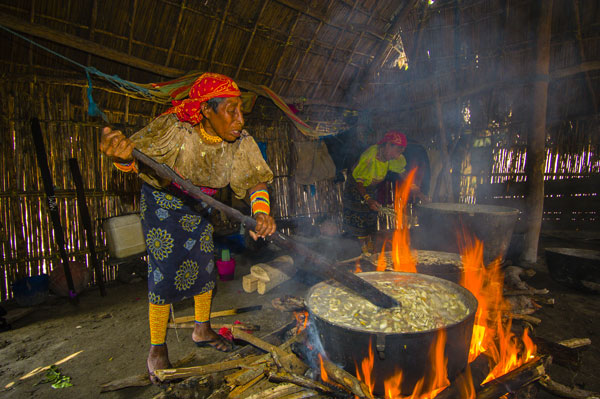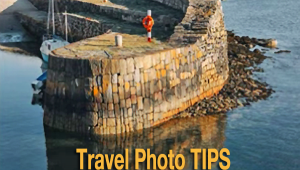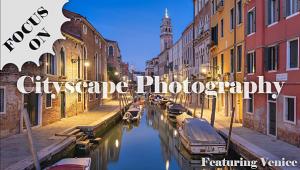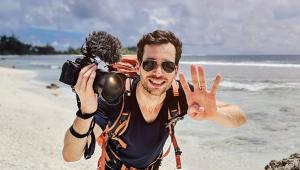On The Road: Mindful Shooting: The Plan Behind The Picture
I’ve seen my share, and I expect you have too, of people who basically spray the area hoping to get a keeper. I’ve also seen photographers who wait…wait…and wait some more to catch that decisive moment. I’m neither of those types. I think of what I do as mindful shooting: I know what I want the photo to look like; I preconceive and previsualize the moment; I control the situation as much as I can to get that moment; and I’m prepared to work with what I’m given and what I can’t control in order to get a good result.

All Photos © Blaine Harrington

Most important to me is taking the time to watch a scene develop rather than simply recognizing an interesting scene, shooting it as is, and then moving on. I always ask myself if there might be things that may happen, like people coming along, interacting with each other, or a car passing by, or an interesting or dramatic shadow being cast. I know there’s a lot of “might” and “may” involved here, but it’s those possibilities that often make for a better photo and tell a better story.
I also believe in working things beyond the point where I think I’ve got something good. I’ll always be thinking of different ways to show the subject. I’ll look around, check the situation from all directions to find not only angles on the subject, but perhaps a new subject, something else in the area that grabs my attention.

As I’m walking around, I’m also looking back to where I’ve been, just in case. All the time I’m doing this I’m thinking about the possibility of using different lenses to change the perspective. From experience I know what the scene will look like through lenses of different focal lengths, and while there might be an ideal focal length for a shot, often if it’s an interesting subject I can bring a number of different looks to it through my choice of lenses.
When people are involved in a photo, I’ve found that if I’m taken by surprise and miss the shot, I can sometimes turn that lost moment into a successful image simply by asking the person to do a quick pose for me. If I let people feel my honest excitement for the situation and its possibilities, they’re often happy to help me get the picture. An attitude of enthusiasm goes a long way.

As you might expect, I’m not fond of working with a tripod because it makes my kind of exploration much more difficult. I prefer to use higher ISOs to overcome the need for a tripod, though I will bring the sticks along if I’m after photos that require long exposures.
Most of the time I get the picture I envisioned, but sometimes I simply have to work within a situation I can’t control or react to the unexpected opportunity. And there are times when I’m not in motion, when I’m waiting not for the decisive moment, but for a change in the scene—perhaps for clouds to clear out, or tourists to do likewise, or for twilight to come to the city or the landscape.

There’s a lot involved with mindful shooting, but it comes down to this: because I know the end result of mindful shooting is an increase in the percentage of keepers, I always walk into a situation with a thought in mind.

A selection of Blaine Harrington’s travel images can be viewed at his website, www.blaineharrington.com.
- Log in or register to post comments
















































